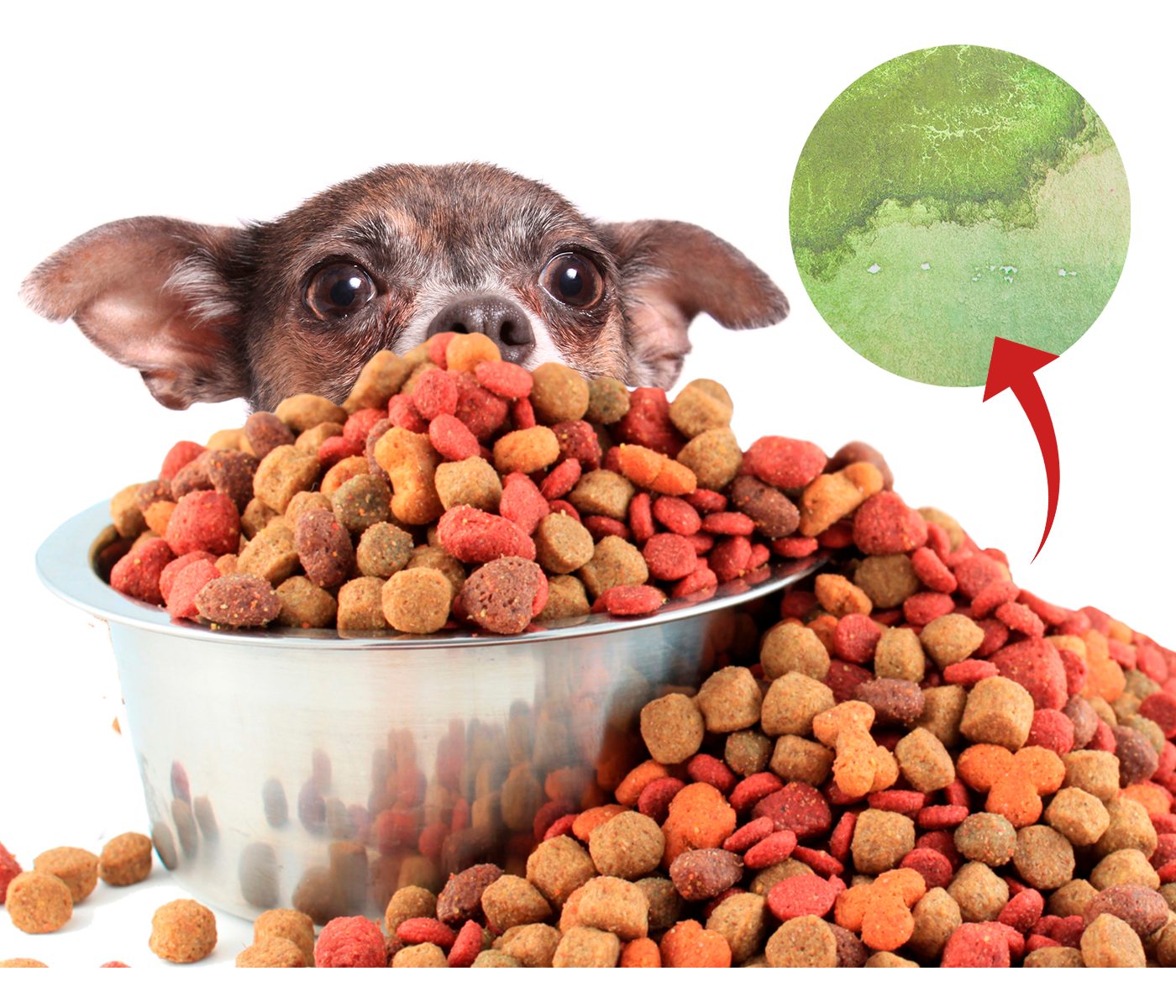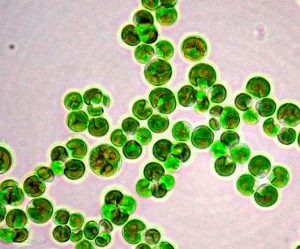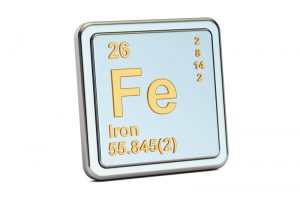 03 Apr 2023
03 Apr 2023
Iron content of microalgae represents an interesting and sustainable source of this trace mineral for dog diets.
Approximately 30% of global microalgae production is sold within the animal feed market.
Chlorella vulgaris and Arthrospira platensis are the most popular microalgae species produced for commercial purposes.
These are known and valued for their nutritional profile, which is characterized by the presence of:
Haematococcus pluvialis represents another species of commercial interest, which in its red phase, is considered the best natural source of astaxanthin. The diatom Phaeodactylum tricornutum also represents a sustainable source of nutrients, especially: eicosapentaenoic acid, fucoxanthin and chrysolaminarin.

Comprehensive data on the complete biochemical and nutritional profiles of these microalgae is still scarce.
Sandgruber et al. (2021) recently reported the nutrient composition of 15 microalgae, including A. platensis, C. vulgaris and H. pluvialis. Despite the variations observed in their biochemical composition, researchers state that these represent an interesting source of nutrients for humans.
A. platensis is actually a type of cyanobacterium. However, it is usually included as a microalgae. Hence, the term microalgae will be employed within this article to refer to the four species studied.
In order to obtain their beneficial effects, the nutrients found in algae must be digested and absorbed by the intestinal epithelium (bio-accessibility).
Finally these enter the circulatory system, and become available to the organism(bioavailability).
Many studies have investigated the nutrient bioaccessibility of microalgae, focusing primarily on:
On the other hand, there is still little research focusing on the bio-accessibility of trace elements, especially that of iron.

Iron performs essential functions in biological systems as a cofactor of many enzymes and is essential for the assembly of ferrous sulfide and heme FeS groups.
These enzymes are involved in energy generation, free radical detoxification, prostaglandin synthesis, DNA, fatty acid synthesis, and signal transduction.
Contrasting results regarding the bioaccessibility of iron in microalgae have been reported. In vitro and in vivo studies have suggested that A. platensis and C. vulgaris can be considered as potential sources of bioaccessible iron.
On the other hand, Muszynska et al. (2017) investigated the bioaccessibility of iron from commercial C. vulgaris-based supplements used as a human dietary supplement. They concluded that these are not a good source of this essential element.
In vitro digestion models are widely used to study the digestibility of individual ingredients, as well as complete diets, in both human and animal nutrition.
 These in vitro digestion models have already been adopted to evaluate the digestibility of algae biomasses in both humans and dogs. With the purpose of investigating the effects that microalgae can exert on intestinal microbiota in vitro.
These in vitro digestion models have already been adopted to evaluate the digestibility of algae biomasses in both humans and dogs. With the purpose of investigating the effects that microalgae can exert on intestinal microbiota in vitro.
| According to the authors of this article, there is a lack of studies investigating the bioaccessibility of iron in dog foods and supplements. |
Most commercial pet foods contain different sources of iron to help meet dietary requirements. Meat meal, meat-and-bone meal, dicalcium phosphate and ferrous sulfate are rich in iron, while milk is not.
During their growth stage, dogs are very susceptible to dietary iron deficiency. On the other hand, deficient dietary iron intake is rare in adult dogs fed balanced diets.
The main cause of iron deficiency in dogs is chronic blood loss. However, iron deficiency (and severe anemia) has occasionally been described in intestinal disease, following chronic intestinal blood loss.
Therefore, highly available iron sources could be helpful in supplementing this trace mineral in dogs.
| The following study aimed to determine the iron content of A. platensis, C. vulgaris, H. pluvialis and P. tricornutum prior and after incubation with artificial digestive juices under conditions simulating the canine gastrointestinal tract to determine their bioavailability. In addition, extracts from these four microalgae were obtained to investigate iron speciation. |
 Significant differences (p<0.004) in iron content were found between C. vulgaris, which had the highest iron content (1347 ± 93 μg -1 ), and H. pluvialis, which had the lowest iron content (216 ± 59 μg g-1).
Significant differences (p<0.004) in iron content were found between C. vulgaris, which had the highest iron content (1347 ± 93 μg -1 ), and H. pluvialis, which had the lowest iron content (216 ± 59 μg g-1).

C. vulgaris, A. platensis and H. pluvialis presented an iron bioaccessibility of 30%, 31%, and 30%, respectively. Meanwhile P. tricornutum showed the lowest bioaccessibility at (11%).

The four analyzed species presented soluble iron which is mainly linked to proteins with high molecular mass. Ranging from >75 to 40 kDa.
 C. vulgaris exhibited the highest iron content associated with good bioaccessibility. Therefore, it could be considered as a potential natural source of organic iron in canine nutrition.
C. vulgaris exhibited the highest iron content associated with good bioaccessibility. Therefore, it could be considered as a potential natural source of organic iron in canine nutrition.
Source:
You may also be interested in: “Fiber and its influence on the intestinal function of dogs.”
Subscribe now to the technical magazine of animal nutrition
AUTHORS

Nutritional Interventions to Improve Fertility in Male Broiler Breeders
Edgar Oviedo
The Use of Organic Acids in Poultry: A Natural Path to Health and Productivity
M. Naeem
Synergistic Benefits of Prebiotics and Probiotics in Poultry, Swine, and Cattle
Gustavo Adolfo Quintana-Ospina
Hybrid Rye Potential in Laying Hen Feed Rations
Gwendolyn Jones
A day in the life of phosphorus in pigs: Part I
Rafael Duran Giménez-Rico
Use of enzymes in diets for ruminants
Braulio de la Calle Campos
Minerals and Hoof Health in the Pregnant Sow
Juan Gabriel Espino
Impact of Oxidized Fats on Swine Reproduction and Offspring
Maria Alejandra Perez Alvarado